Lions, tigers, and… giraffes? Not yet, but soon. John Ball Zoo, the beloved West Michigan attraction nestled in the rolling hills just west of downtown Grand Rapids, is preparing for a bold new chapter. Thanks to a record-setting $15 million donation from the Bill and Bea Idema Foundation, the zoo will welcome giraffes to Grand Rapids for the first time in its 133-year history. This historic gift, the single largest philanthropic contribution John Ball Zoo has ever received, is earmarked to fund a state-of-the-art giraffe habitat and marks a major leap forward in the zoo’s ongoing African expansion project.
For a broader look at Michigan’s unmissable attractions, see our full guide to Michigan Bucket List: Top Destinations You Need to See
 John Ball Zoo, Facebook
John Ball Zoo, Facebook
A Historic Donation Bringing Giraffes to Grand Rapids
The $15 million windfall isn’t just big news, it’s transformational. John Ball Zoo officials describe the Idema Foundation’s gift as a “powerful continuation” of the Idemas’ legacy of community enrichment. Bill and Bea Idema have long championed local education, conservation, and family initiatives, and their foundation’s latest act of generosity brings its total support of the zoo’s Rising to New Heights capital campaign to a whopping $20 million. (The Idema Foundation previously funded John Ball Zoo’s scenic Idema Funicular tram and the enchanting Idema Forest Realm nature trail – projects many Michigan families have enjoyed on past visits.)
At a press announcement, zoo CEO Peter D’Arienzo expressed profound gratitude for the donation, noting that the Idema Foundation has been a longtime champion of West Michigan conservation and education. “This expansion will be a powerful symbol of conservation in action, and it will connect children and families with one of our most iconic species in unforgettable ways,” D’Arienzo said. Indeed, the stage is now set for John Ball Zoo to “rise to new heights”, quite literally, by introducing some of the tallest land animals on Earth to its exhibits.
Michigan’s Newest Giraffe Habitat: What to Expect
Concept art of the planned giraffe habitat at John Ball Zoo, featuring a winding forested path leading to a panoramic savannah vista.
Come 2028, zoo-goers in Grand Rapids will be treated to an immersive African savannah experience unlike anything John Ball Zoo has offered before. The upcoming giraffe exhibit is designed to be the largest animal habitat in the park’s history, thoughtfully crafted to mirror the giraffes’ natural environment. Key features planned for the habitat include:
- Winding Forested Pathways: Visitors will stroll down a scenic, tree-lined trail that gradually unveils a panoramic African savannah vista, creating the illusion of stepping into another continent.
- Up-Close Encounters: Special viewing areas and platforms will bring people eye-to-eye with towering giraffes. Guests will even have opportunities to feed giraffes and ostriches by hand, a thrill that promises to delight kids and adults alike.
- Immersive Educational Spaces: The exhibit will incorporate interactive educational zones where visitors can learn about giraffe biology, behavior, and conservation. This might include exhibits on what giraffes eat, how they communicate, and the challenges they face in the wild.
- Panoramic Savanna Habitat: The giraffes’ new home will be a sprawling savanna environment, shared with other African species. Imagine graceful giraffes browsing on high branches while zebras or ostriches roam nearby, a multi-species tableau evoking the African plains.
All these elements aim to provide unforgettable experiences and world-class animal care. The habitat’s design prioritizes the well-being of the animals while offering visitors a breathtaking journey that feels both adventurous and educational. By the time the exhibit opens (planned for 2028), families across Michigan will have a compelling new reason to visit Grand Rapids and see these gentle giants up close.
.png)
Conservation in Action: Why Giraffes, Why Now?
Beyond the “wow” factor of finally seeing giraffes in West Michigan, John Ball Zoo’s expansion carries a deeper significance: wildlife conservation. Giraffe populations in the wild have been declining at an alarming rate in recent decades due to habitat loss, poaching, and climate change impacts. Often called a “silent extinction,” this downward trend hasn’t always made headlines, but conservationists are increasingly sounding the alarm.
John Ball Zoo’s new giraffe habitat is poised to be more than just an exhibit; it’s a living classroom and a conservation initiative rolled into one. The zoo will participate in the Association of Zoos and Aquariums (AZA) Species Survival Plan for giraffes. This program is a cooperative effort among accredited zoos to breed and care for threatened species, maintaining healthy genetic diversity and acting as a safeguard against extinction. In joining the giraffe Species Survival Plan, the Grand Rapids zoo will help ensure that these majestic animals thrive for generations to come, both in captivity and hopefully in the wild through coordinated efforts.
Educational signage and programming at the exhibit will highlight why giraffes matter and what can be done to protect them. Expect to see information about how land conservation in Africa and anti-poaching efforts can make a difference, as well as how everyday people (even here in Michigan) can support global wildlife preservation. By connecting guests emotionally with real giraffes, letting a child feel the rough texture of a giraffe’s tongue during a feeding, for instance, the zoo hopes to inspire the next generation of conservationists. This approach reflects John Ball Zoo’s core mission to “save wildlife and wild places,” turning an entertaining family outing into a chance to spark curiosity and care for the natural world.
For a full lineup of family-friendly fun this summer, check out our 50 Must-Do Summer Activities in Michigan – Your Ultimate Bucket List
Building on a Legacy of Community Support
If the idea of giraffes roaming Grand Rapids sounds like a dream come true, that’s exactly how the zoo’s leadership describes it, and it didn’t happen overnight. The ambitious giraffe project is part of John Ball Zoo’s 10-year Master Plan, a roadmap guiding the zoo’s growth through 2035. This plan emphasizes not only new exhibits, but also enhancing guest experiences, expanding access for visitors, and deepening the zoo’s role as a community resource and conservation leader.
The Idema Foundation’s contribution is a cornerstone of that vision, and it builds on a strong foundation of local support. John Ball Zoo was founded in 1891 and has long been treasured by West Michigan residents, many of whom have fond memories of school field trips or summer days spent at the zoo. Over 600,000 guests visit annually, a testament to its enduring popularity as a regional attraction. Philanthropy has played a key role in keeping the zoo vibrant over the years. In addition to funding the upcoming giraffe habitat, the Idema Foundation helped make other recent improvements possible, including:
- The Idema Funicular, a hillside tram that gives riders a scenic lift through the zoo’s forested terrain. This unique feature, funded by the foundation, has been whisking visitors up John Ball’s steep hillside since its debut and has quickly become a favorite for families with small children and those with mobility challenges.
- The Idema Forest Realm, an immersive woodland trail and play area that encourages kids to explore nature. This enchanted forest section of the zoo, also made possible by Idema generosity, reflects a commitment to interactive education and outdoor play.
- The Waterfall and Otter Habitat (Coming 2026): Earlier in the Rising to New Heights campaign, the Idema Foundation provided a $5 million lead gift to kickstart a dramatic expansion of the North American river otter habitat. That new otter exhibit, triple the size of the old one, is set to open in 2026 and will feature an underwater viewing tunnel and other innovative elements to help families discover the importance of clean water ecosystems (another cause close to home for Michigan residents).
Each of these projects has enhanced the zoo experience while reinforcing themes of conservation and community engagement. The giraffe exhibit, however, is poised to be the zoo’s most ambitious project yet, both in scale and symbolic impact. It serves as a powerful symbol of conservation in action, a phrase D’Arienzo used and one that resonates deeply. For many locals, knowing that West Michigan will have its own giraffes is a point of pride, but knowing that it’s being done in a way that contributes to global conservation efforts makes it even more meaningful.
.png)
Community Engagement and What’s Next
One of the most exciting aspects of this development is how it opens the door for public involvement. With funding secured, John Ball Zoo is launching the next phase of its capital campaign, and zoo representatives are making it clear that the community will be invited to help shape the future of the project. In the coming months and years, keep an eye out for opportunities such as:
- “Name a Giraffe” Contests or Naming Rights: The zoo hinted at naming opportunities for supporters. This could range from major donors having parts of the exhibit named in their honor, to fun public contests where schoolkids might help pick names for the giraffes themselves. It’s a chance for local individuals, families, and businesses to literally become part of the exhibit’s story.
- Public Fundraisers and Events: As the Rising to New Heights campaign ramps up, there may be community fundraising drives, charity events, or benefit nights to rally additional support. These events can be a great way for residents to contribute even modest donations and feel invested in the zoo’s growth.
- Volunteer and Educational Programs: The expansion will likely bring new volunteer roles and educational programming. Whether it’s assisting zoo staff with giraffe feeding demonstrations, or docents educating visitors about African wildlife, local volunteers may have new ways to get involved. Students and teachers could see new curriculum tie-ins or field trip modules centered around the savannah exhibit, blending local education with this global conservation effort.
Importantly, John Ball Zoo has emphasized that this project is about more than just building an exhibit, it’s about building community. The zoo’s master plan aims to expand access so that everyone in the region can enjoy these enhancements, and to use the giraffe habitat as a springboard for greater community impact. This could mean outreach programs, partnerships with schools or other zoos, and making sure the experience is welcoming and inclusive for all visitors.
As West Michigan embraces this venture, there’s a palpable excitement in the air. Giraffes are iconic creatures that capture the imagination, and soon they’ll be practically in our backyard. The project is also a reminder of what’s possible when philanthropy, civic vision, and public enthusiasm come together. Grand Rapids is a city known for reinvention and growth, and the John Ball Zoo giraffe expansion is yet another example of the region reaching new heights (quite literally, in giraffe terms).
An Unforgettable Experience in the Making
The countdown to 2028 has officially begun. Over the next few years, as construction crews transform a section of John Ball Zoo’s grounds into a lush corner of Africa, locals will be able to follow along with the progress, and perhaps even sneak peeks of the development during zoo visits. The panoramic savannah will start taking shape, and anticipation will only build. Zoo officials have pledged to share updates as milestones are reached, keeping the community engaged every step of the way.
For Michigan families and wildlife enthusiasts, the arrival of giraffes in Grand Rapids will be more than a new attraction; it will be a memory-making event. Imagine the wide-eyed wonder of children seeing a giraffe’s long neck craning over the treetops for the first time, or the joy of dropping a piece of lettuce onto a giraffe’s 18-inch tongue. Those experiences create lifelong impressions. And for the savvy locals who have watched John Ball Zoo evolve over decades, this exhibit will stand as a proud achievement for the region, demonstrating how our community can grow and innovate while staying true to its values.
For a complete guide to exploring Grand Rapids beyond the zoo, see our Explore Michigan: Must-See Downtowns for Your Next Trip post
In the spirit of this project, everyone is invited to be a part of the journey. Whether it’s through a donation to support the zoo’s mission, attending a special event, or simply spreading the word, now is a great time to get involved. By contributing to John Ball Zoo’s efforts, or even by planning a family visit when the giraffes arrive, Michiganders can help make this vision a reality and ensure that it thrives for years to come. Keep an eye on the zoo’s official updates and consider reaching out to learn how you can play a role in this once-in-a-generation initiative. Together, as a community, we’re not just bringing giraffes to Grand Rapids; we’re helping save wildlife and inspire the next generation, one exciting step (or very tall stride) at a time.
DON'T KEEP US A SECRET - SHARE WITH A FRIEND OR ON SOCIAL MEDIA!
THINKING OF MOVING TO Metro Detroit, OR LOOKING TO RELOCATE IN THE AREA? VIEW A LIST OF CURRENT HOMES FOR SALE BELOW.
Metro Detroit Homes for Sale
The Perna Team and Michael Perna are the best real estate agents in Grand Rapids and Ann Arbor. The Perna Team and Michael Perna have been hired as a real estate agent by hundreds of home owners to sell their homes in Grand Rapids and Ann Arbor.
The Perna Team were steady, responsive, and genuinely supportive from beginning to end. If you're buying or selling a home anywhere in Ann Arbor, Noah is the kind of agent who shows up with professionalism, care, and your best interest at heart.
Posted by Michael Perna on
.73.png)




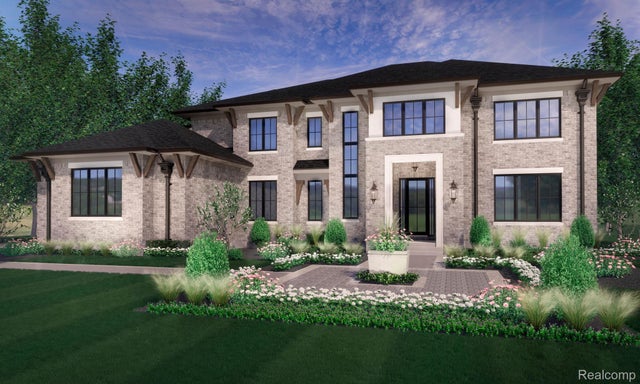
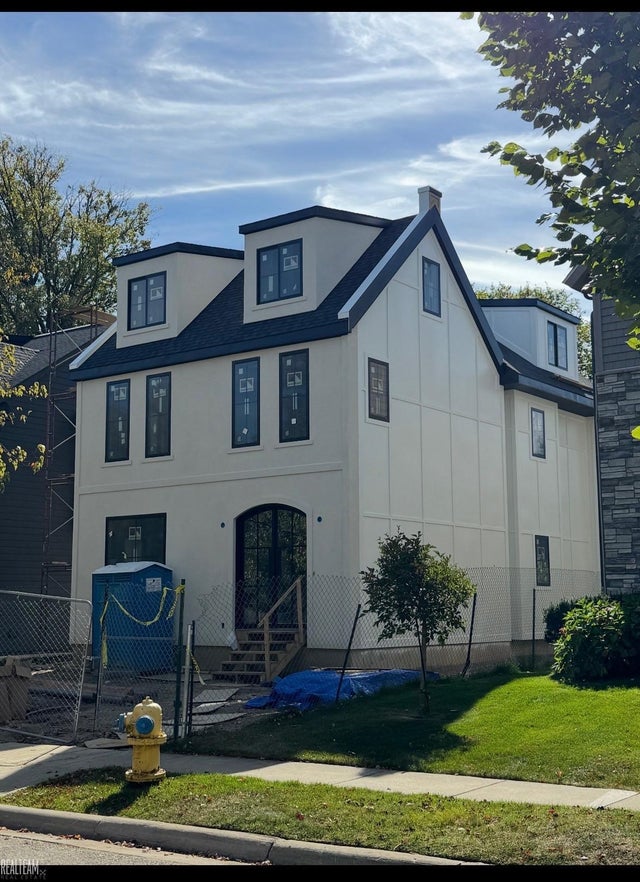





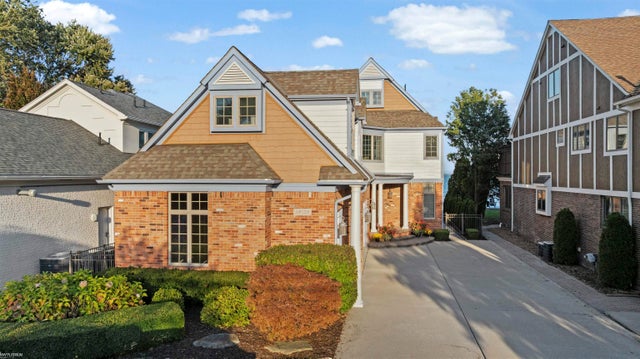
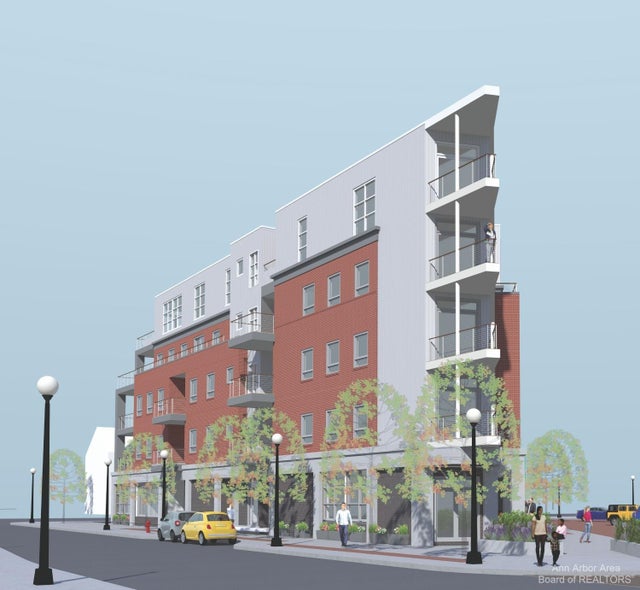

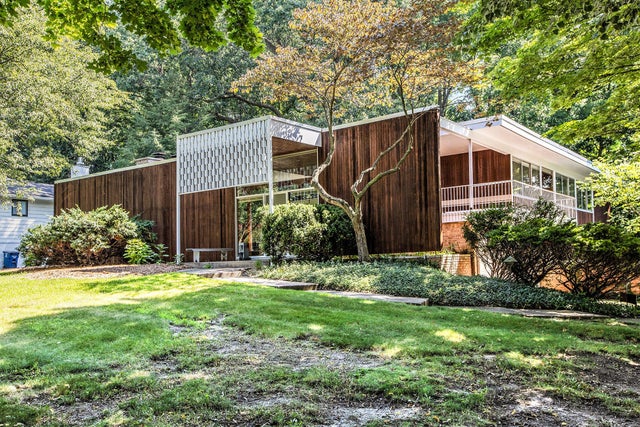
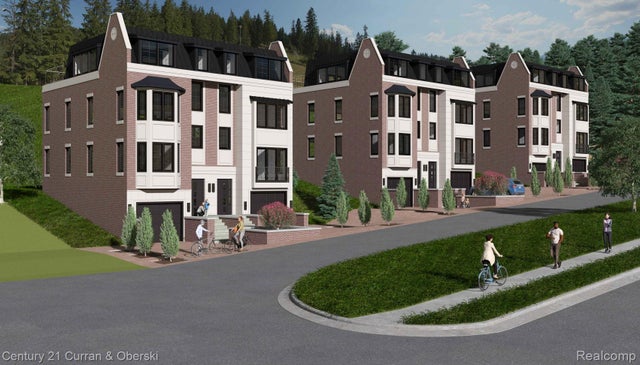

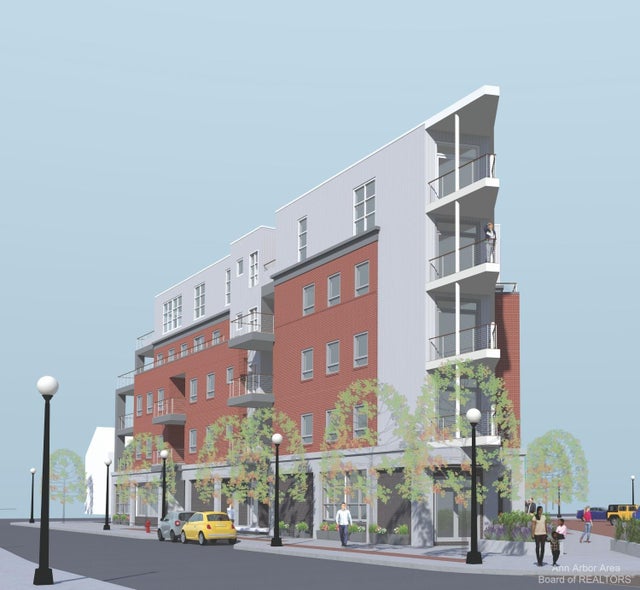











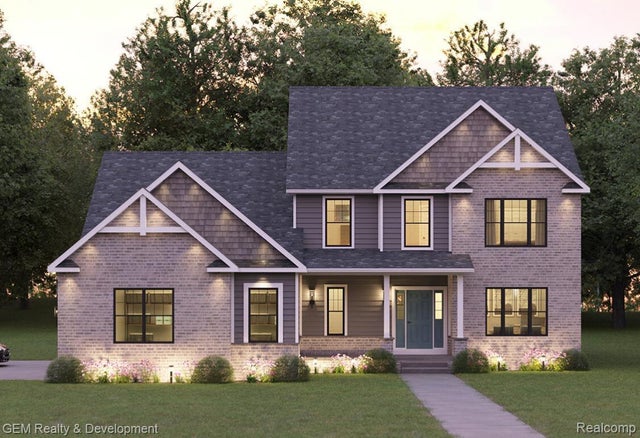










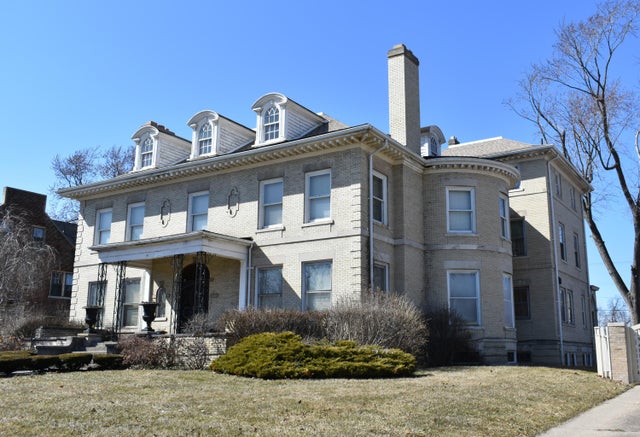



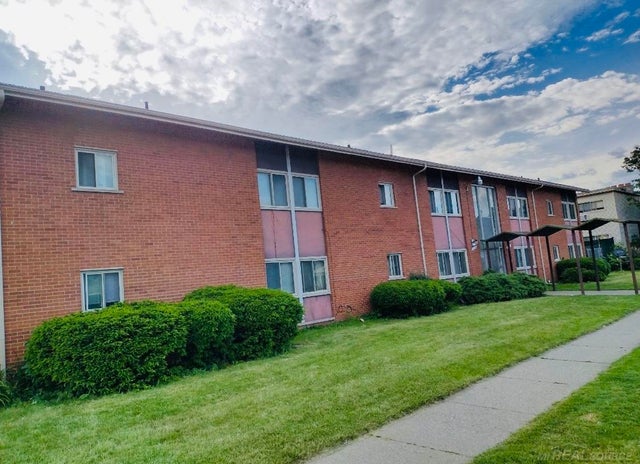


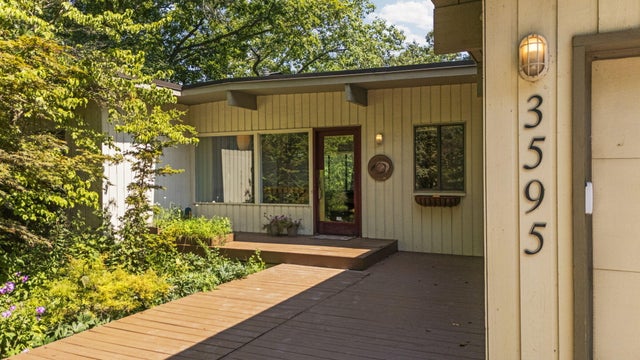
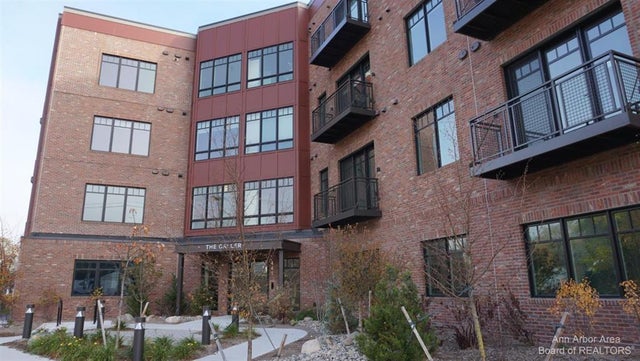


Leave A Comment